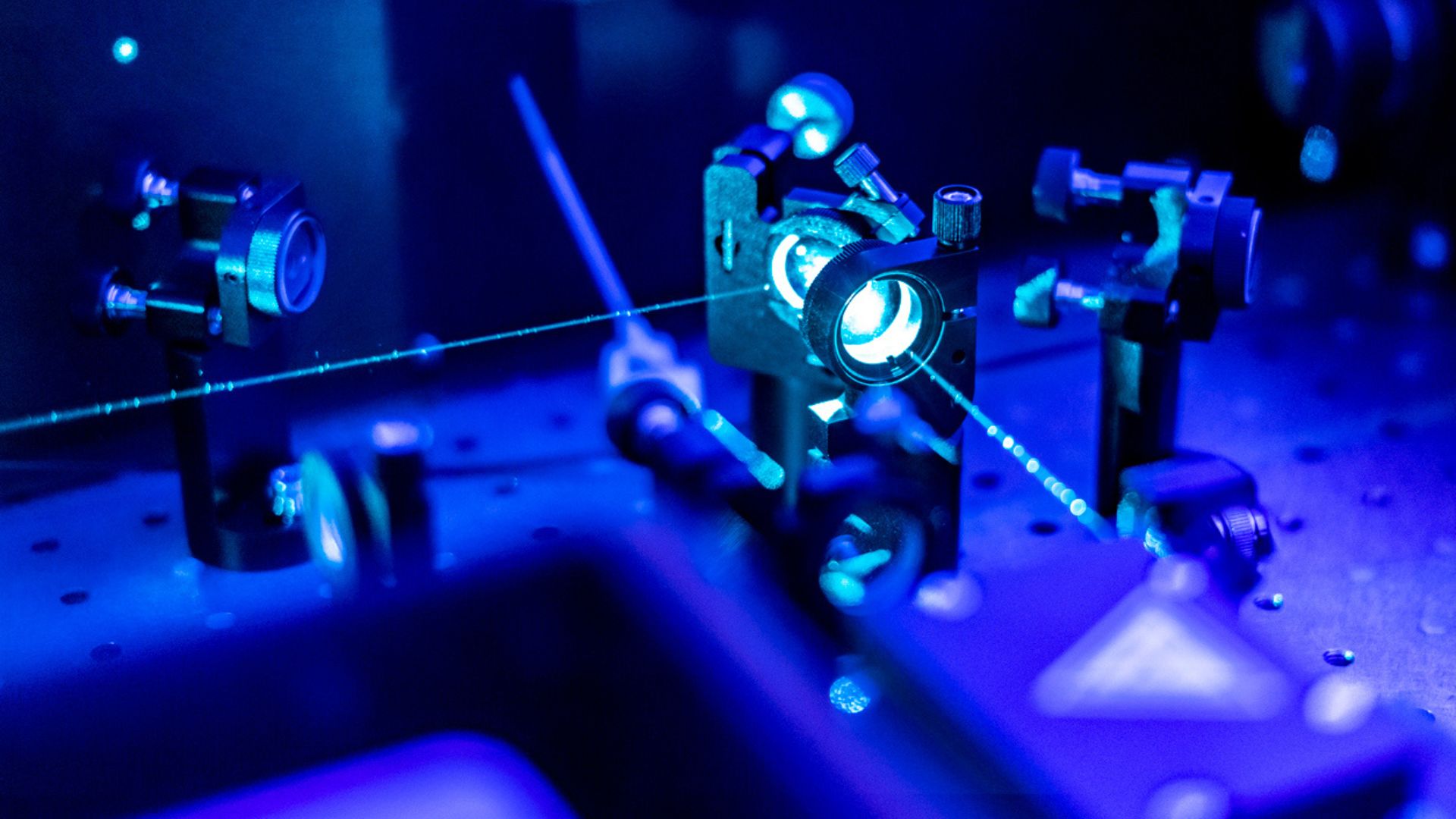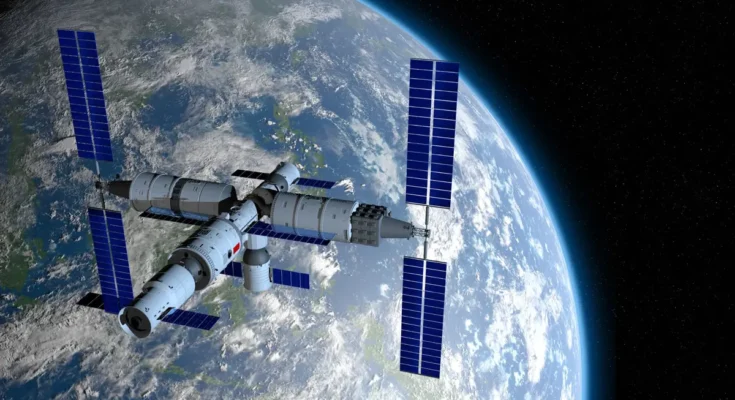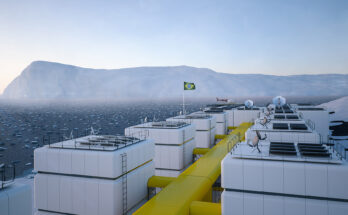Chinese scientists have made a major leap in optical imaging with a new laser technology capable of capturing ultra-high-resolution images over vast distances.
The powerful system could redefine global surveillance capabilities, potentially enabling Beijing to observe foreign military satellites in unprecedented detail or even identify human faces from low-Earth orbit.
A team from the Chinese Academy of Sciences’ Aerospace Information Research Institute has demonstrated millimeter-level resolution from distances exceeding 100 km (62 miles). This milestone, once thought unattainable, was detailed in the new study.
The Power of Millimeter-Level Resolution

The newly developed system has demonstrated millimeter-level resolution from distances exceeding 100 km (62 miles). This level of precision, once considered unattainable, allows for incredibly detailed imaging of objects over vast distances. The implications of such capabilities are immense, particularly in defense, space exploration, and scientific research.
How the Technology Works
This cutting-edge laser imaging technology relies on advanced coherent laser detection, which enhances the ability to capture fine details that traditional imaging methods fail to resolve at long distances. By utilizing a combination of adaptive optics, real-time computational enhancements, and high-power laser systems, the system can filter out atmospheric distortions and maintain image clarity across extreme ranges.
A major challenge in long-range optical imaging is atmospheric turbulence, which causes blurring and distortion. However, the Chinese research team has developed sophisticated algorithms that compensate for these distortions in real time, enabling them to achieve stunning clarity.
Game-Changing Implications
This breakthrough could redefine global surveillance and reconnaissance capabilities. Experts suggest that Beijing could use this system to:
- Observe foreign military satellites in unprecedented detail
- Monitor ground-based military installations from space
- Identify human faces or small objects from low-Earth orbit
- Enhance space exploration efforts with more precise imaging tools
Such capabilities raise concerns about potential applications in national security, espionage, and counter-surveillance. Nations worldwide may need to reconsider their satellite protection strategies and develop countermeasures to safeguard sensitive installations and operations.
Applications Beyond Surveillance
Beyond military and security uses, this ultra-high-resolution laser imaging technology could revolutionize multiple fields, including:
- Astronomy: Providing sharper images of celestial bodies and space phenomena
- Environmental Monitoring: Tracking climate changes, deforestation, and pollution with greater precision
- Medical Imaging: Developing non-invasive techniques for high-resolution diagnostics
- Aerospace Engineering: Inspecting spacecraft and satellites in orbit with extreme detail
A New Era in Optical Imaging
With this groundbreaking development, China has positioned itself at the forefront of long-range laser imaging technology. The ability to capture such fine details across immense distances could change the way we perceive surveillance, defense, and space exploration.
As this technology continues to evolve, it remains to be seen how the global community will respond to its potential benefits and challenges. One thing is certain—the future of optical imaging has just been redefined.




